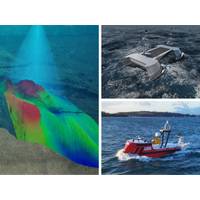
Partners Secure DEFRA Backing to Improve Marine Biodiversity Monitoring
A consortium of Uncrewed Surface Vessel (USV) and hydroacoustic technology companies consisting ACUA Ocean, GeoAcoustics Ltd and Unmanned Survey Solutions (USS) has secured funding under the Defra - Department for Environment Food and Rural Affairs - Improving Observation Capabilities of Biodiversity in UK Waters: Phase 2 program. The consortium's demonstration seeks to combine three cutting-edge technologies into a single approach capable of providing holistic mapping and water quality data of seagrass meadows more efficiently and with lower carbon footprints compared to current sonar-based
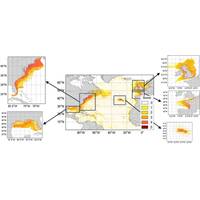
High-Risk Litter Zones Threaten North Atlantic Wildlife
metric tons of plastic waste entered the world's aquatic ecosystems in 2016 and this figure is predicted to triple by 2030.Land-based sources of plastic are thought to account for about 80% of plastic pollution in the marine environment, with single use items such as plastic bags, bottles, wrappers, food containers and cutlery among the most common items found. These items are often transported far from their original source via a complex system of ocean currents, making this transboundary pollutant even more challenging to monitor and manage.Over 4,000 marine and coastal species are known to be affected
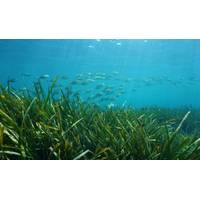
Fugro and PlanBlue Partner to Advance Habitat Mapping Technology
ecological importance, assessing their condition, monitoring changes over time, and informing conservation and management efforts.Roughly 75% of the ocean floor remains unexplored, and even parts that have been explored lack detailed information, especially regarding the ocean's impact on climate and food security. The development of this new capability aims to improve the speed, accuracy, and scope of underwater mapping, leading to better decisions for ocean conservation and use, the partners said."We are excited about the opportunities this partnership brings," said Dr. Marco Filippone
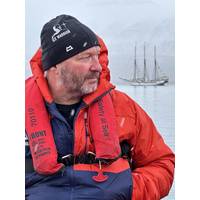
Jim McNeill is Leading Earth’s Citizen Warriors Across the Sea
.Sailing to remote parts of the ocean between June and October, Ocean Warrior intends to cover 10,000 nautical miles a year during the next decade. While there’s no typical day on board, tasks include scientific sampling and data logging, instrumentation maintenance, addressing crew necessities like food, and documenting personal experiences through images, videos and written logs. Additionally, the team will deliver and attend lectures about science on board and engage virtually with school groups. The scientists, citizen warriors and crew will be carried by the Linden, Europe’s largest three-masted
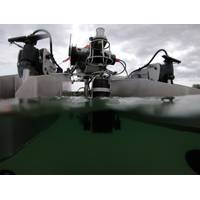
HydroSurv Funded to Commercialize Robotic Seagrass Solution
HydroSurv, a provider of electric and hybrid uncrewed surface vessels (USVs), secured Innovate UK funding to commercialize an end-to-end seagrass monitoring solution with support from the Department for Environment, Food and Rural Affairs (DEFRA).The project aims to provide a rapidly scalable, low-impact and comprehensive answer to the numerous challenges of monitoring seagrass meadows by combining HydroSurv USV platforms with an automated data processing toolchain. The robotic solution will be demonstrated over spring and summer 2024 at three designated worksites on the south west coast of

World's Largest Known Deep-sea Coral Reef Habitat Found
feet), where waters have an average temperature of 4°C (39°F). Cold-water corals such as these grow in the deep ocean where there is no sunlight and survive by filter-feeding biological particles. While they are known to be important ecosystem engineers, creating structures that provide shelter, food, and nursery habitat to other invertebrates and fish, these corals remain poorly understood.Studies such as this one provide a better understanding of how populations of corals and other deep-sea species may be related across geographically separated locales (a concept known as connectivity) which
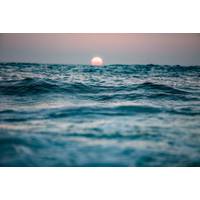
White House Announces $9.6 Million for Regional Ocean Partnerships
and expanding the accessibility of ocean and coastal data for informed decisions. This work also advances the Biden-Harris Administration’s goal of environmental justice for all, including communities that rely on the ocean and Great Lakes for economic, cultural, spiritual, recreational and food security, as discussed in the recently released U.S. Ocean Justice Strategy.“NOAA and our partners are focused on ensuring our science, data, products and services benefit communities across the nation,” said Nicole LeBoeuf, director of NOAA’s National Ocean Service. “The activities
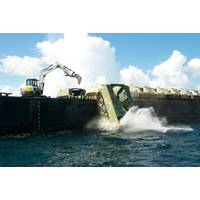
Not All Underwater Reefs are Made of Coral
minutes or hours. The sequence of fish arrival sometimes follows a pattern. Transient fish such as jacks and barracuda come first, followed by bottom-dwelling fish such as grouper and smaller reef fish. With time, plants and animals grow on the hard surfaces of the artificial reef, helping to provide food and sanctuary for fish.However, these reefs can also cause ecological harm. Invasive species, such as plants and other animals that grow on hard structures, can use artificial reefs to spread to new places.Artificial reefs also may attract fish away from nearby natural reefs. Since constructed reefs
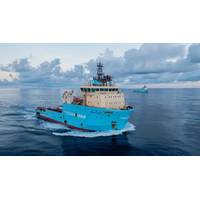
Maersk and The Ocean Cleanup Forge Ahead in Plastic Capture
, CEO of A.P. Moller Holding and Chair of A.P. Moller – Maersk: “The Ocean Cleanup holds an important mission to remove plastics from the oceans, one of the biggest environmental challenges of our time. Today, plastic pollution impacts hundreds of marine species, and it contaminates the marine food chain with toxic pollutants. With this in mind, Maersk Supply Service, A.P. Moller – Maersk and the A.P. Moller Foundation have decided to extend support to The Ocean Cleanup to finalise and validate their technology and system.”The agreement between Maersk Supply Service, A.P. Moller



 February 2024
February 2024





